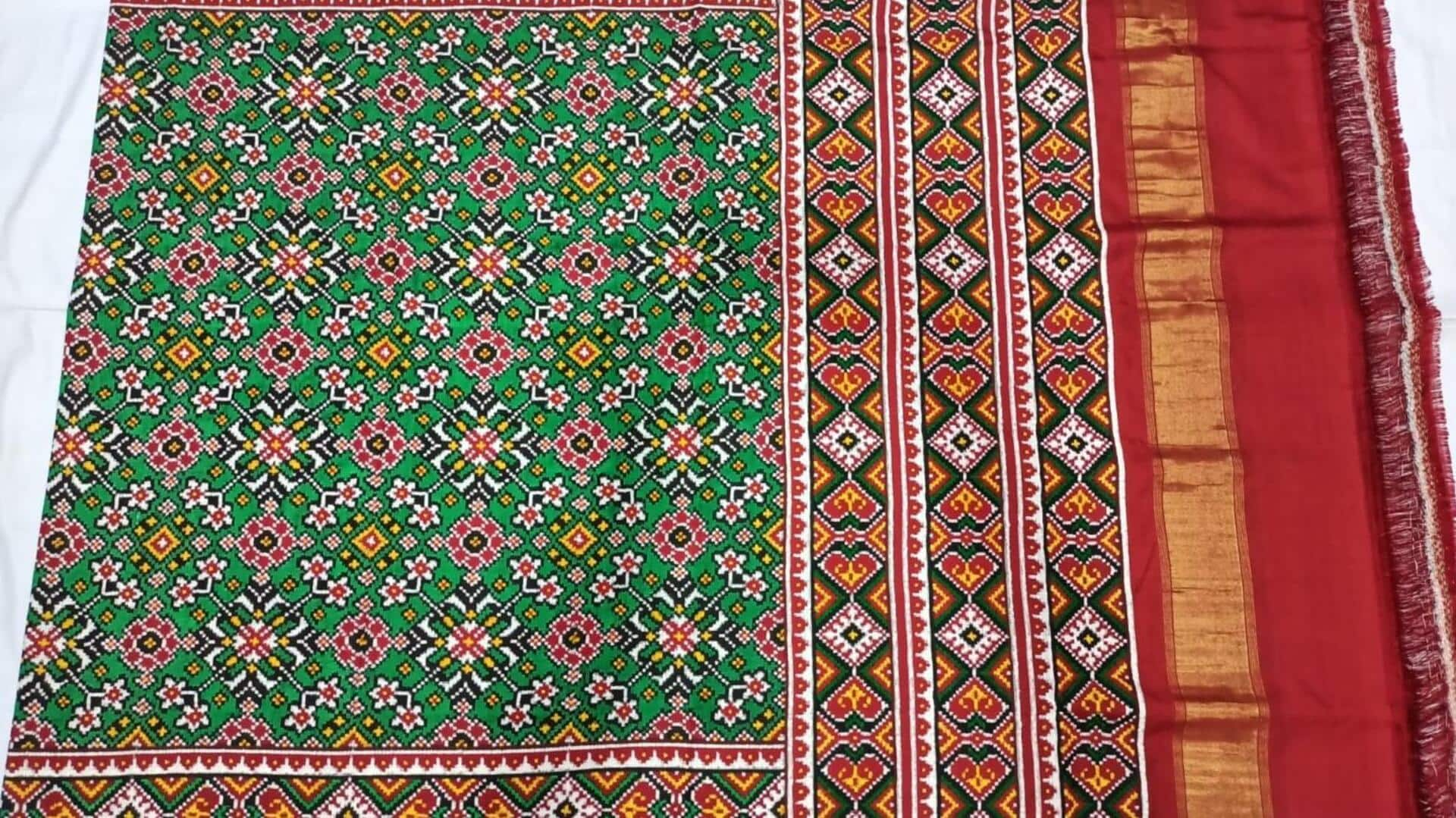
Explore Gujarat's secret villages and their timeless crafts
What's the story
Gujarat, a western Indian state, is known for its rich culture and heritage. Its secluded villages hold heritage crafts that epitomize centuries-old traditions.
These crafts are an important part of the local economy and reflect the artistic genius of the artisans.
Visiting the villages reveal techniques and skills that have been passed on from generations.
Patola weaving
Patola weaving: A timeless craft
Patola weaving is an intricate art originating from Gujarat's Patan, a small town.
Famous for its double ikat technique, this craft involves dyeing both warp and weft threads before weaving them into exquisite patterns.
The labor-intensive process can take several months to complete a single saree.
Its vibrant colors and geometric designs make Patola sarees highly sought after by collectors worldwide.
Ajrakh printing
Ajrakh block printing: Ancient textile art
Ajrakh block printing is majorly practiced in villages of Kutch district.
The ancient textile art employs natural dyes and wooden blocks to create symmetrical patterns on fabric.
The process is a lengthy one, involving multiple stages of dyeing and washing, leading to deep hues and intricate designs.
Ajrakh textiles are used for clothing as well as home decor items such as bedspreads and tablecloths.
Rogan Art
Rogan art: Painting with castor oil
Rogan art is also an uncommon yet beautiful painting technique that originated in Nirona village of Kutch district.
It employs castor oil mixed with natural pigments to paint vivid designs on fabric surfaces like wall hangings or cushion covers.
Instead of brushes or pens, artists use metal stylus tools, which sets it apart from the rest of the traditional arts being practiced across India today.
Bandhani tie-dye
Bandhani tie-dye: Vibrant patterns on fabric
Bandhani tie-dye comes from the Jamnagar region where artisans carefully tie small portions of cloth with threads and dip them into colorful dyes.
The technique results in dotted patterns that look stunning once untied, but what you see today is the real beauty of this art form, one that the whole world wears.
It is now among the most sought-after forms of traditional Indian wear available across the world.